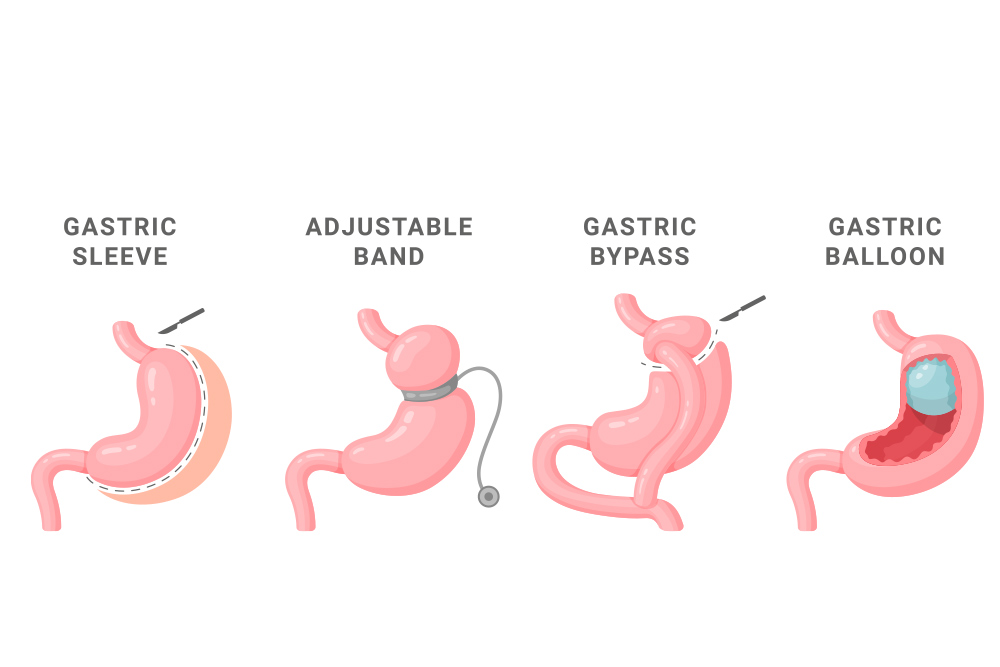Weight Loss Surgery In Ireland
Achieve Your Weight Goals Efficiently

Meet Your Bariatric Surgeon
Our board-certified bariatric surgeon, Dr John Loy. He combines decades of experience to deliver safe, long-lasting weight loss results to his patients.

Do you find it difficult to lose weight?
You’re not the only one! Every year, thousands of people living in Ireland struggle to control their weight through diet alone.
With the help of bariatric surgery, you can finally feel comfortable in your own skin and start living a healthier lifestyle.
Benefits Of Bariatric Surgery
- Long Term Weight Loss Solutions
- Increases Self-Confidence & Life Quality
- Reduces Depression Rates
- Decreases Heart Attack Risk
- Lowers Risk Of Fatty Liver Disease
- Improves Type 2 Diabetes
- Reduces Back And Joint Pain
- Improves Asthma
- Long Term Weight Loss Solutions
- Increases Self-Confidence & Life Quality
- Reduces Depression Rates
- Decreases Heart Attack Risk
- Lowers Risk Of Fatty Liver Disease
- Improves Type 2 Diabetes
- Reduces Back And Joint Pain
- Improves Asthma
- Get Expert Advice
Our Weight Loss Surgery Testimonials
Weight Loss Surgeries We Provide In Ireland

Allurion® Gastric Pill Balloon
The Allurion Balloon takes up space in your stomach, reducing your appetite and helping you to feel full faster and for longer. The balloon, tucked inside a capsule, is swallowed and filled with water during a brief 15-minute doctor’s visit.
Most patients lose 10-15% of their weight within 4 months!
- Non surgical procedure
- Quick results & recovery
- Customized weight loss planning

Gastric Bypass Surgery
Gastric bypass surgery helps you lose weight by creating a small pouch from the stomach and connecting it directly to the small intestine.
After the surgery, your stomach will be smaller, and you will feel full with less food.
- Considerable weight loss
- Long term weight loss
- Reduce cravings
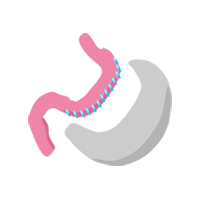
Gastric Sleeve Surgery
This bariatric procedure removes a large portion of your stomach, leaving behind a narrow “sleeve.” With a new smaller stomach, you can easily restrict calories and reduce hunger signals so you can lose weight efficiently.
- Efficient weight loss
- Long term weight loss
- Reduce cravings

Endoscopic Sleeve Gastroplasty
The ESG is a cutting-edge, non-invasive weight loss procedure intended to assist individuals in shedding excess weight. It employs a flexible tube fitted with a camera and suturing device and unlike traditional bariatric surgeries, it does not necessitate incisions or permanent modifications to your digestive anatomy.
- Minimally invasive
- Reversible procedure
- Quick recovery
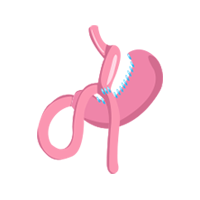
Mini Gastric Bypass Surgery
The mini gastric bypass produce excellent long-term weight loss results. It can be seen as a halfway house between the sleeve gastrectomy and the Roux-en-Y bypass operation. It has fewer risks than a regular Bypass surgery and a quicker recovery.
- Low risk
- Fast recovery
- Minimally invasive
Still not sure which surgery is the right option for you?
No need to overthink it, during your consultation, your surgeon will guide you towards the best option for your specific case.
Auralia's Weight Loss App
Everything you need during your journey from the comfort of your home!

- Nutritional classes (live & pre-recorded)
- Exercise classes (live & pre-recorded)
- Mindset classes (live & pre-recorded)
- Healthy recipes and Cooking classes
- Food diary and Weight loss tracker
- Dietician appointments
- Instant messaging service with your dietician

Susan Before & After Weight Loss Surgery
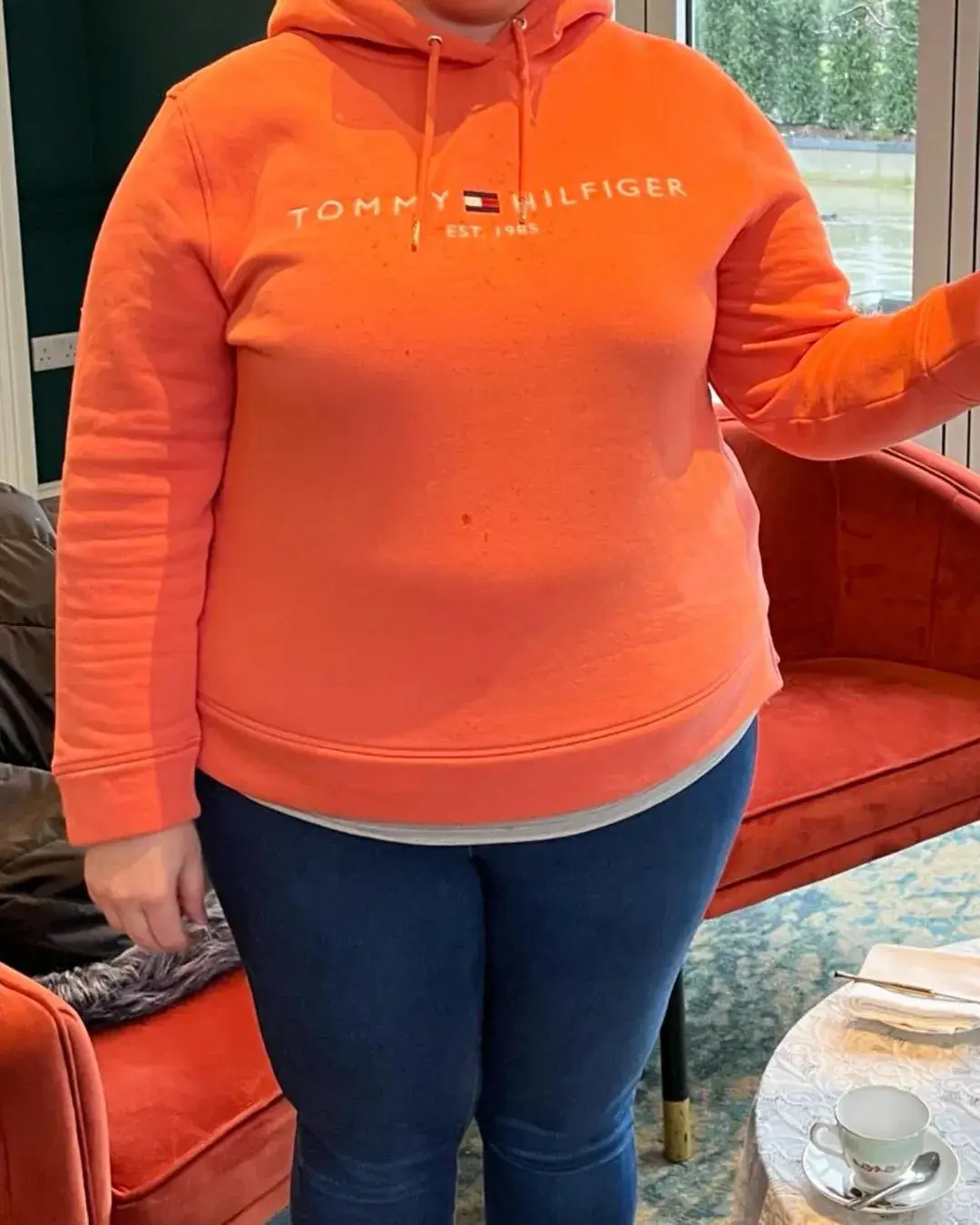
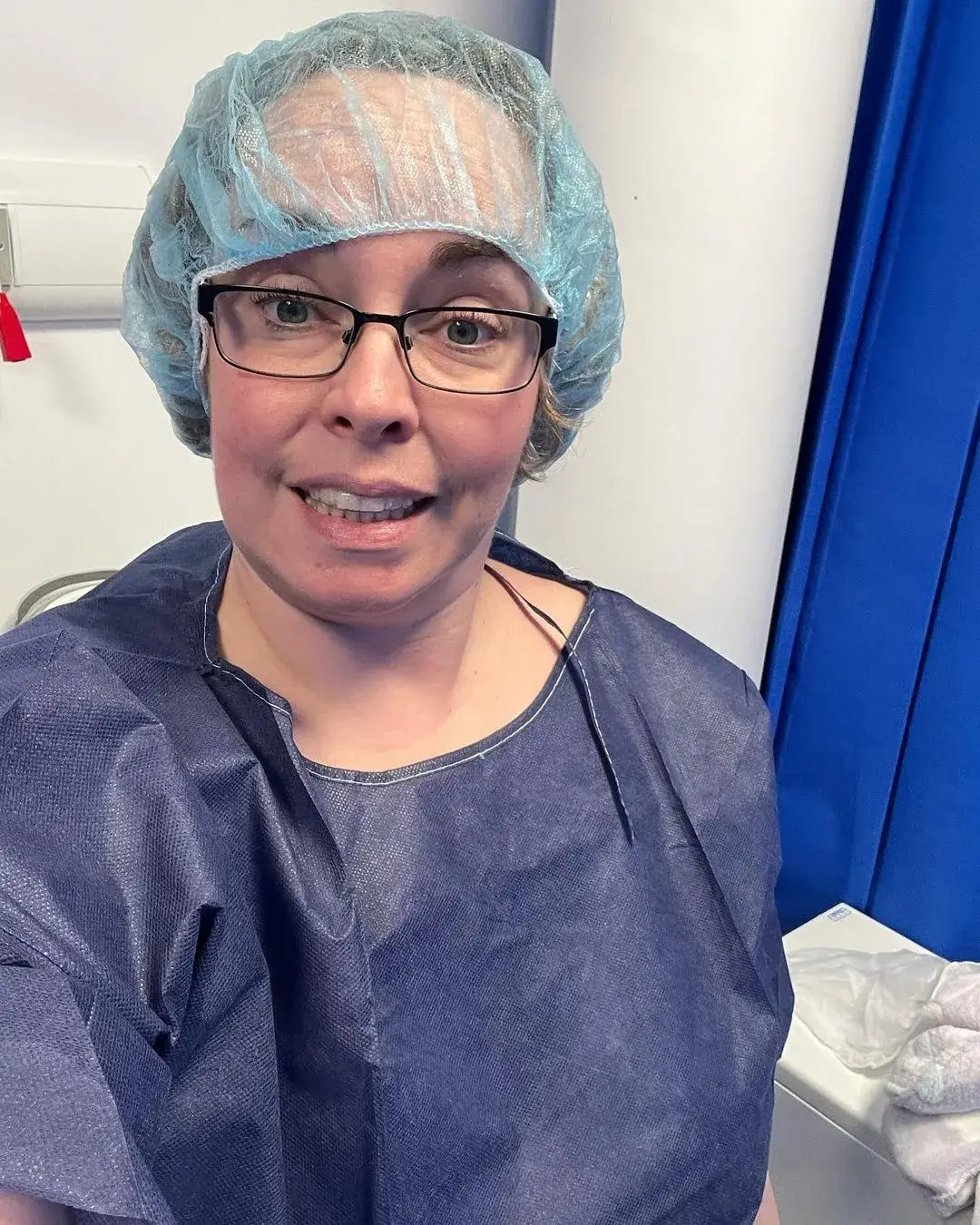





I tried pretty much every diet you can think of I've tried: motivation, Weight Watchers, Slimming World, all of them.
Happy, but wish I’d done it sooner. That’s my only regret, is that I didn’t think of doing it sooner, instead of struggling for 41 years with my weight.Susane, 41 years old
Watch Susan's Full Inspirational Weight Loss Story
Start Your Own Weight Loss Journey!
How obesity affects your life
Obesity can have many serious consequences on your body like :
Certain cancers (breast, colon and endometrial)
Heart disease and strokes
Substantial disability
Sleep apnea
Type 2 diabetes
Fatty liver disease
Obesity doesn’t have only physical consequences, it also affects you emotionally and psychologically causing depression, social isolation, shame and guilt!
Obesity is a serious matter, and it’s time for you to take action against it!
Auralia's Holistic Care
We are a CHKS and ISO Approved Private Hospital in Ireland
Quick Procedure Booking
With Auralia Private Hospital, you don't have to wait months to get your bariatric procedure done.
Ongoing Care & Support
Auralia will always be there for you after your weight loss procedure, whether with free additional appointments if needed or with expert advice.
Following your visit to Auralia, you will be given pre- and post-operative instruction to guide you on how to be well prepared for your bariatric surgery and what to do afterwards. This will also contain the clinic's contact details.
You will also be given your Auralia Doctor’s emergency mobile number for calls after hours. During work hours, you should contact the hospital.
If you suspect anything is wrong outside of business hours, you are welcome to call the emergency number of your Doctor and speak with them directly, day or night.
Alternatively, you can drop straight into the clinic during working hours.
Absolutely not! You are entitled to as many appointments as you feel you need with your Doctor, following your weight loss procedure.
Absolutely! From the time you have your bariatric surgery with your Auralia Doctor, you are entitled to see them for appointments for as long as necessary.
If the Doctor no longer works for Auralia, you would still be entitled to see one of our surgeons for free.
- Have more questions or concerns?
Bariatric Surgery Cost In Ireland
Possibility of monthly payments up to 36 months.
- Find out your custom procedure price
The Best Place For Your Bariatric Surgery In Ireland
UNMATCHED EXPERIENCE
23 years of experience and over 30,356 procedure performed.
AFTERCARE FROM YOUR HOME
We offer aftercare 24/7, from the comfort of your own home via the Auralia Aftercare App.
PERSONALIZED PLAN
We pay fantastic personal attention to details in order to craft your tailored weight loss plan.
Want to speak to our advisor on the phone?
Your Bariatric Surgery With Auralia
Step 1.
Free, No Obligation Consultation Booking
To start your surgery process, firstly book your consultation by calling us on (01) 612 0551 or filling a consultation form here.
Step 2.
Meet Your Surgeon
Once you have booked your consultation, you will meet with your patient care co-ordinator then your surgeon to discuss your weight loss goals, your health status, concerns and the procedure details.
Step 3.
Book Your Surgery
After your comprehensive consultation, your patient care co-ordinator will work with you to book a convenient date for your procedure.
Step 4.
Pre Op Assessment
Prior to your surgery date, you will have your pre-op assessment where we will go through your medical history with you, and instruct you how to prepare for your surgery day to avoid any risks.
Step 5.
Surgery Day
On your surgery day, you’ll have a dedicated medical team to take care of you. The surgery duration depends on which procedure you will have, and you will leave on the clinic same day or in few days depending on the type of surgery performed.
Step 6.
After Care
You will enjoy unlimited aftercare appointments and surgeon reviews as much as you need to ensure your safety and satisfaction with the results.
You will get access to the Auralia’s after care App to assess you further in your recovery period.
Furthermore, you will also have your surgeon’s emergency number so you get access to him any time 24/7.
Katrina Before & After Bariatric Surgery Surgery



I have struggled with my weight my entire life, and it had completely spiralled out of control, peaking at 26st 7lbs.
1 year later and almost 12st less, I can safely say that having this surgery almost certainly saved my life. I had high BP and was pre-diabetic, both of which has been comfortably reversed without medication.
I will be forever grateful to my team at Auralia for giving me back the control over my life that I had lost, and I can’t recommend them enough.Katrina Darcy
Start a new chapter of your life, put your health and wellbeing first
More Inspirational Stories of Our Patients!







Meet Ireland’s Top Doctors
Watch Aaron's Weight Loss Journey
My journey started 7 months ago at 22 stone 10lbs, no confidence and unhappy.
Today I am now 15 stone 7 lbs! Down 7 stone 3 lbs, feeling better than ever in life!Aaron Cullen, 25 years old
Aaron did it and so can You!
Bariatric Surgery FAQs
- Have more questions or concerns?
Useful Weight Loss Resources
Bariatric Surgery Guides
Obesity Conditions
Weight Loss Stories
Featured In :









